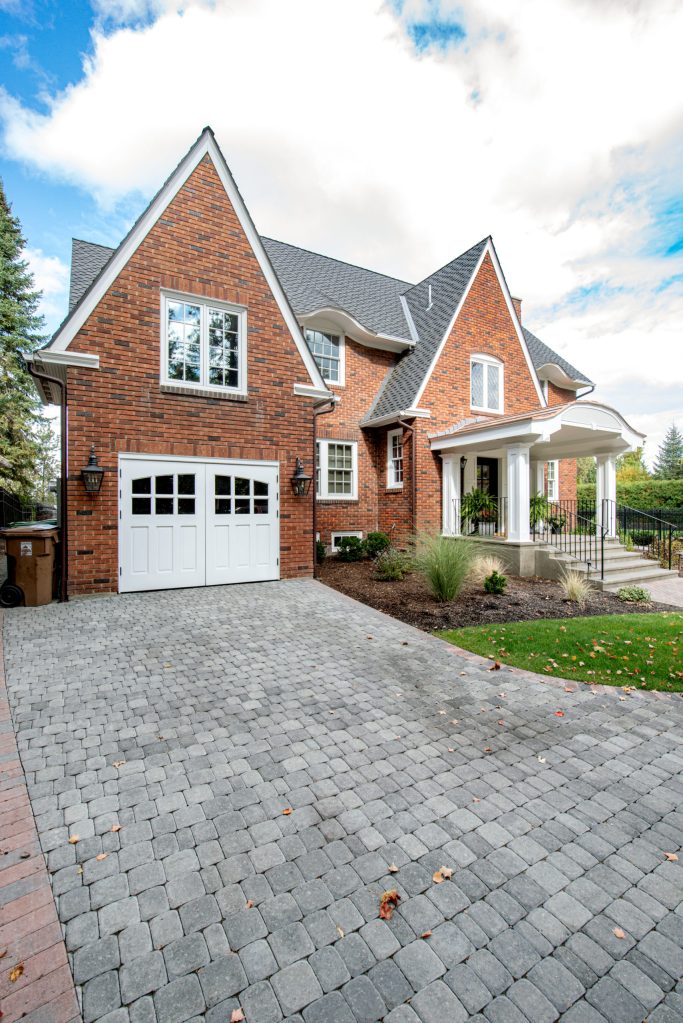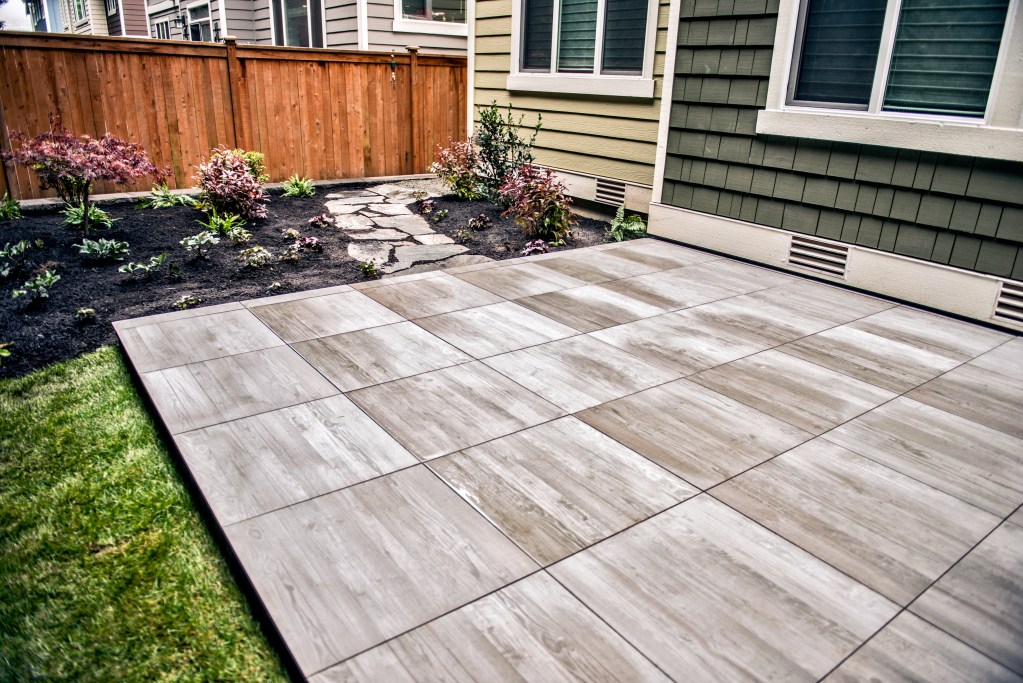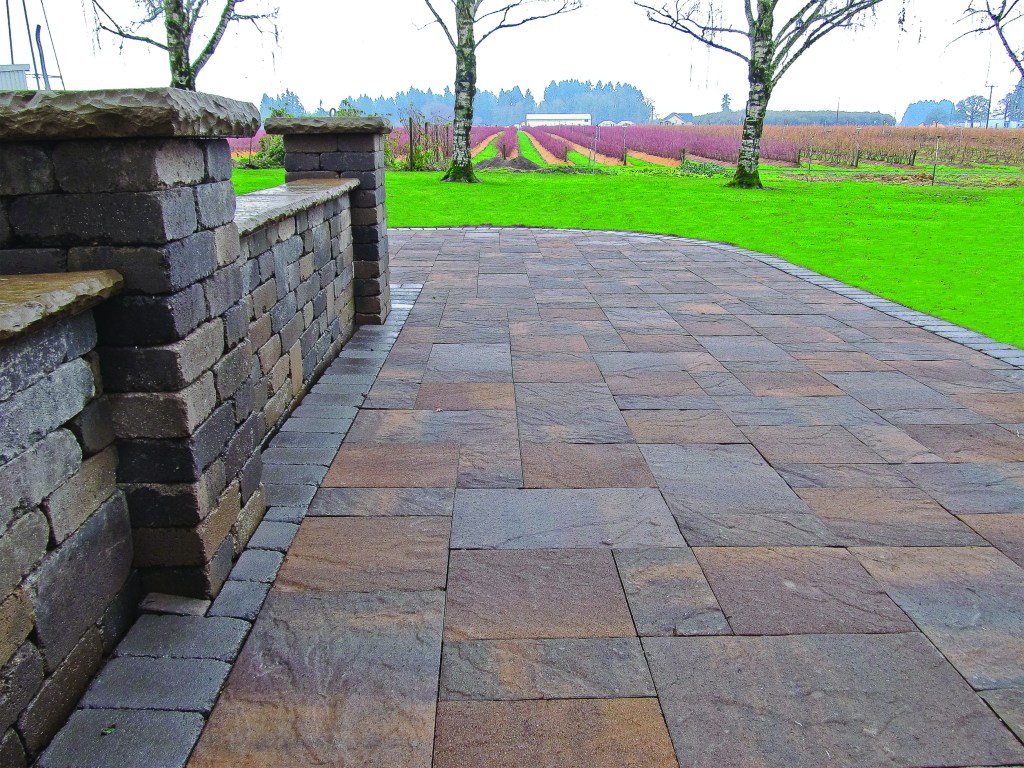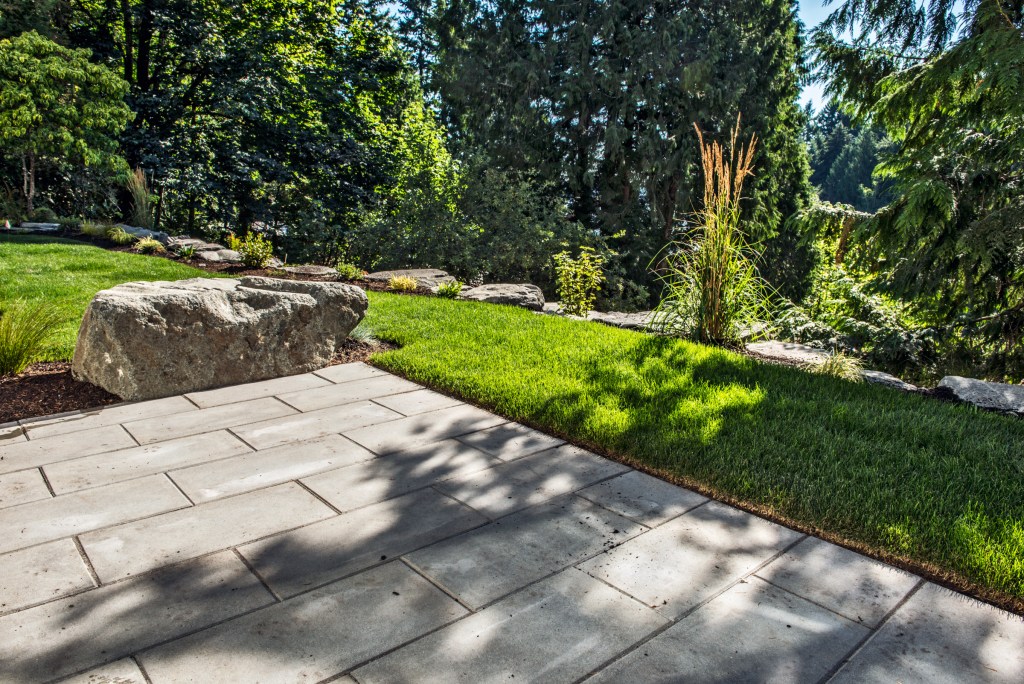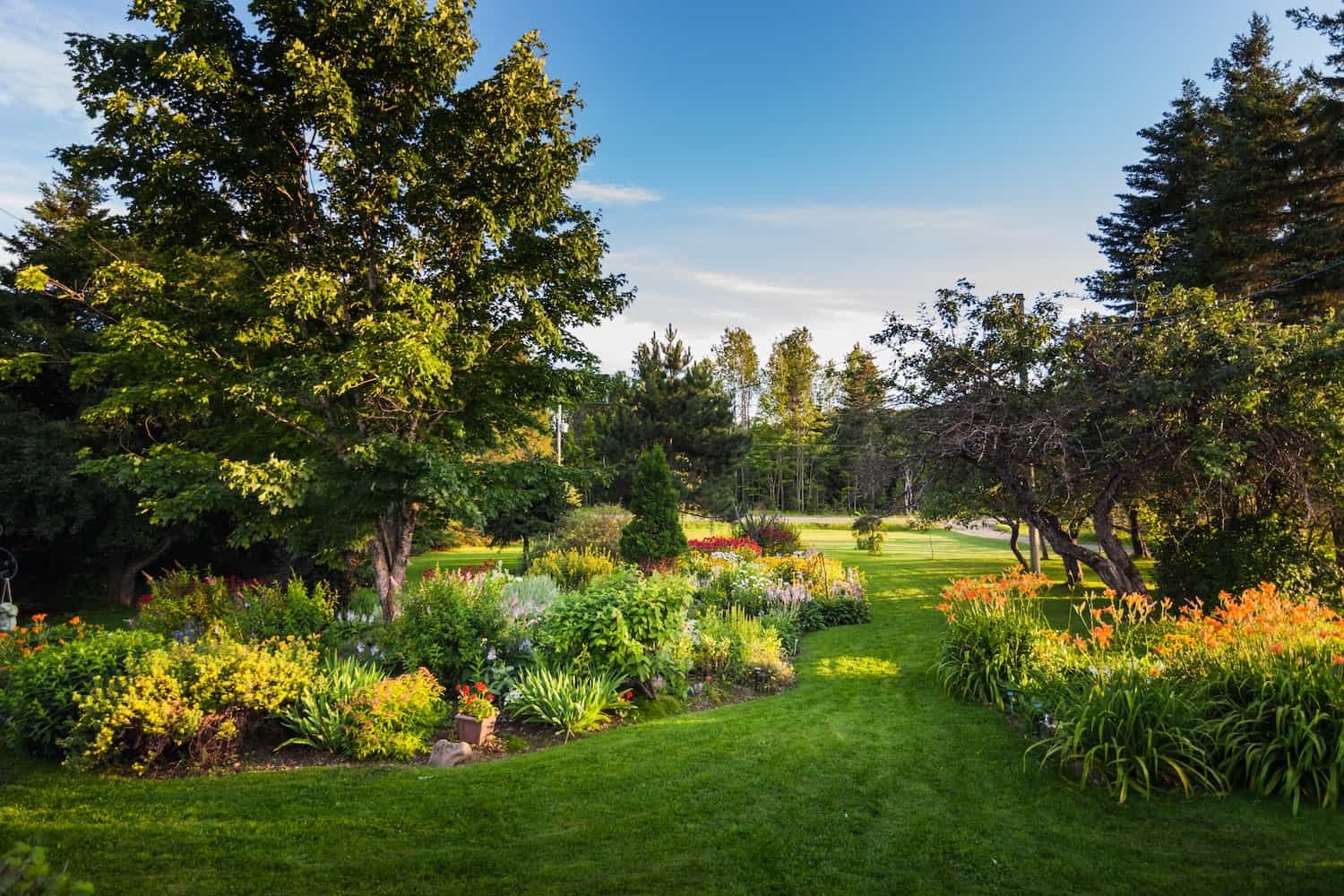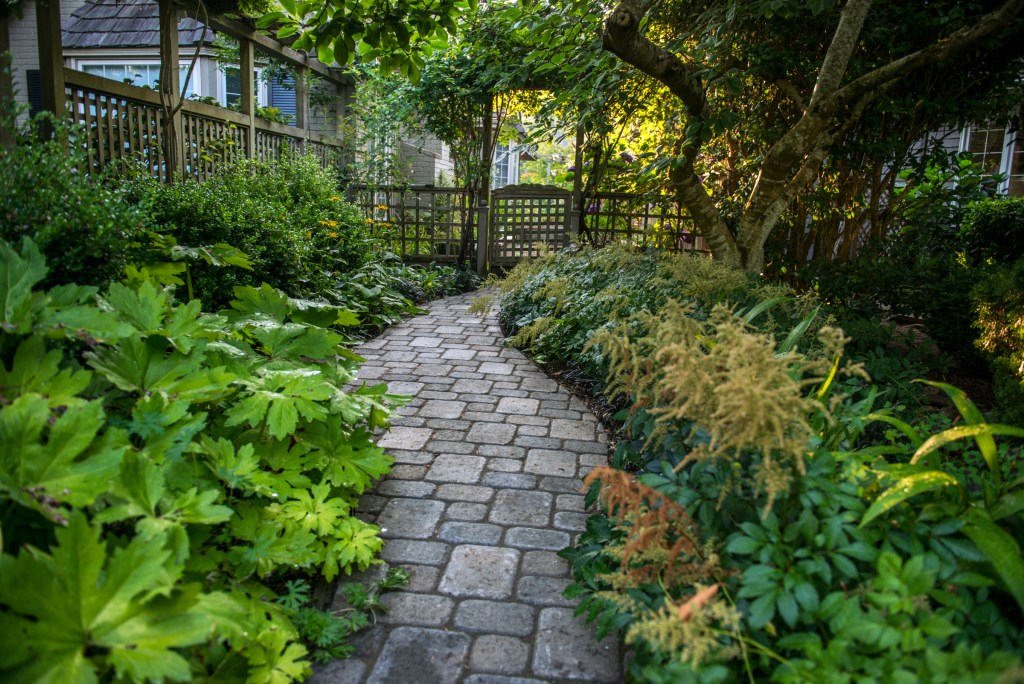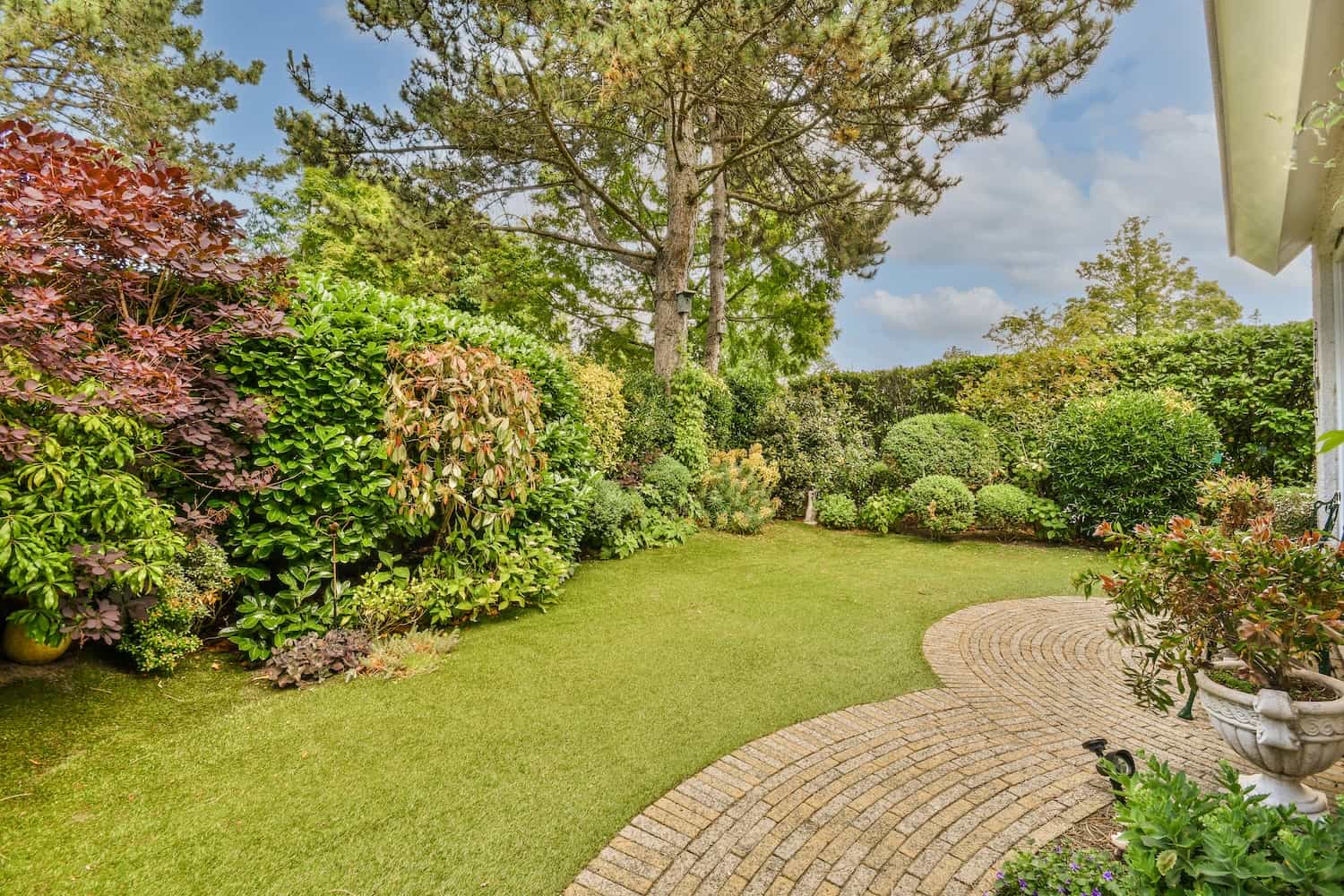Top Tips for Sustainable Landscaping in Seattle
As a Seattle homeowner, creating a sustainable landscape not only helps reduce your environmental impact but also enhances the beauty and functionality of your outdoor space. With so many options and decisions to make, embarking on a sustainable landscaping project might seem daunting. But with the right knowledge and planning, you can create a landscape that’s both eco-friendly and stunning. In this article, we’ll share top tips for sustainable landscaping and guide you through the total construction process. Additionally, we’ll explore the benefits of hiring a professional contractor to help bring your vision to life.
Top Tips for Sustainable Landscaping
1. Use Native Plants
Choosing native plants for your landscape is one of the most effective ways to create a sustainable garden. Native plants are adapted to the local climate and soil, which means they require less water, fertilizer, and pesticide to thrive. They also provide food and shelter for local wildlife. In the Pacific Northwest, consider plants like camas, lupine, or evergreen huckleberry for your garden.
2. Conserve Water
Water conservation is a key component of sustainable landscaping. Consider installing a rain garden or rainwater harvesting system to collect runoff and reduce reliance on municipal water sources. Additionally, using drought-tolerant plants that require minimal watering can help you conserve water and reduce maintenance. Opt for xeriscaping, which focuses on creating a landscape that requires very little water.
3. Reduce Waste
Sustainable landscaping also involves reducing waste by using recycled or repurposed materials for pathways, patios, and garden beds. Materials like crushed concrete, reclaimed wood, or natural stone can be used to create attractive and durable hardscaping features. Composting yard waste and using it as mulch or soil amendment is another great way to recycle and enrich your soil.
4. Create a Habitat
Incorporating features that attract and support local wildlife is a key principle of sustainable landscaping. Add birdhouses, butterfly gardens, or water features like ponds to attract beneficial insects, birds, and other wildlife. Planting a variety of flowers, shrubs, and trees can help create a healthy ecosystem that benefits both your garden and the surrounding environment.
5. Hire a Professional
Although DIY projects can be rewarding, sustainable landscaping often requires specific expertise in soil science, plant selection, and design. Hiring a contractor with experience in sustainable landscaping ensures that your project is not only environmentally friendly but also functional and aesthetically pleasing.
The Construction Process
Here’s a step-by-step guide to creating your sustainable landscape:
Pre-Construction: Plan and Design
Start by planning your sustainable landscape and design. Consider how you want to use the space, the types of plants and materials you’d like to incorporate, and how to manage water efficiently. During this phase, also make sure to obtain any necessary permits, particularly for water features or structures like fences or retaining walls.
Site Preparation: Clear the Land
Prepare your site by clearing it of debris, unwanted plants, or any obstacles that could hinder the construction process. For areas that will be planted, remove any invasive species that may be crowding out native plants. The goal here is to create a clean slate for your sustainable landscaping features.
Soil Preparation: Test and Amend the Soil
Soil health is crucial for the success of your landscape. Test your soil for pH levels, nutrients, and drainage. Based on the results, amend the soil with organic compost or other soil conditioners to create the ideal growing environment for your plants.
Plant Installation: Install Native Plants, Trees, and Shrubs
Once the soil is prepared, it’s time to plant. Choose native plants that thrive in your climate, and group them according to their water and sunlight needs. Plant trees, shrubs, and groundcover strategically to create visual interest and encourage biodiversity. Native plants typically require less water and maintenance than non-native species, making them an eco-friendly choice.
Hardscaping: Install Pathways, Patios, and Other Features
Next, install any hardscaping features such as pathways, patios, or raised garden beds. Use sustainable materials like reclaimed wood, stone, or gravel to minimize environmental impact. Make sure that hardscaping features are designed with proper drainage in mind to prevent water accumulation and erosion.
Finishing Touches: Add Decorative Elements and Finishes
Finally, add decorative touches such as outdoor lighting, seating areas, and decorative plantings. These elements will make your sustainable landscape both functional and visually appealing. Consider adding a rainwater harvesting system or installing a compost bin for additional sustainability benefits.
Benefits of Hiring a Contractor
Expertise:
Contractors with experience in sustainable landscaping understand how to select plants that are appropriate for your local climate, how to create efficient irrigation systems, and how to design your landscape for long-term sustainability. Their knowledge ensures that your project will be successful, both aesthetically and environmentally.
Time-Saving:
Sustainable landscaping can be time-consuming, especially when it involves planning, sourcing materials, and installing specific features like irrigation systems or native plantings. By hiring a professional, you can focus on other aspects of your life while they manage the construction process.
Safety:
A landscaping project may involve heavy lifting, digging, or working with tools and machinery. Professional contractors prioritize safety, ensuring the work is done efficiently and without accidents.
Quality Materials:
Contractors have access to high-quality, sustainable materials and suppliers, ensuring that your landscape not only looks beautiful but is built to last. They can also recommend materials that are durable, weather-resistant, and eco-friendly, providing the best value for your investment.
Warranty and Liability:
A reputable contractor will stand behind their work, offering warranties for both plants and materials. They will also assume liability in case of any issues that arise after the project is completed, giving you peace of mind.
Why Hire a Contractor in Seattle?
Local Knowledge:
A Seattle-based contractor understands the city’s unique climate, regulations, and soil conditions. They know how to select plants that will thrive in the region’s wet winters and mild summers, ensuring your landscape thrives for years to come.
Network of Suppliers:
Contractors have established relationships with local suppliers of sustainable materials and plants. This access allows them to source high-quality products at competitive prices, ensuring that your landscape is both eco-friendly and budget-friendly.
Efficient Project Management:
A professional contractor will ensure that your project stays on track and on budget. They will handle the logistics, materials, and scheduling, saving you time and effort while ensuring the final result meets your expectations.
Final Thoughts
Sustainable landscaping is a great way to reduce your environmental impact, increase the beauty of your property, and create a healthy outdoor environment. By following the tips above and hiring a professional contractor, you can ensure that your landscaping project is both sustainable and aesthetically pleasing. Don’t risk DIY mistakes or potential safety concerns—let the experts handle your Seattle sustainable landscaping project, and enjoy a greener, more beautiful outdoor space for years to come!







